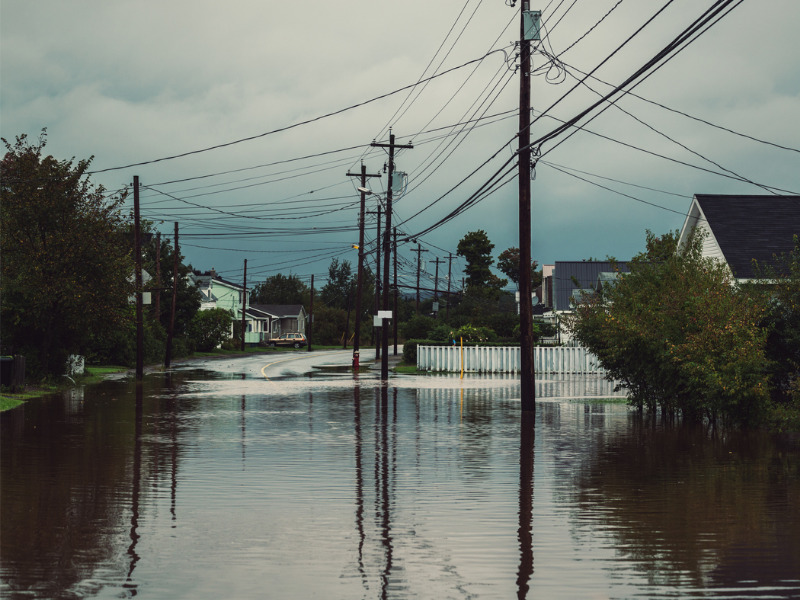What’s at risk if the national flood insurance program stalls

Insurers will need to be informed about their role in the national flood insurance program by Spring 2024 if it’s to be operational before the next federal election, an Insurance Bureau of Canada (IBC) executive tells Canadian Underwriter.
The federal government committed $31.7 million toward the national flood insurance program in its 2023 budget last March. But IBC says the industry is still awaiting direction on how and to what extent insurers will be involved.
“We understood that consultations would begin with our industry and with the provinces in the fall [of 2023], and those have not happened yet,” said Craig Stewart, IBC’s vice-president of climate change and federal issues.
For the program to be up and running before the next federal election, which will be held on or before Oct. 20, 2025, the industry needs a year to prepare, Stewart said, “and that means we need to know these details by the spring.”
As the 2025 federal election approaches, the program’s implementation is becoming a key question.
“If we don’t have the program running by then, we may end up with pretty significant delays, as a new government has to be brought up to speed, [and] has to decide how much of a priority it is,” he said. “So really, we want to get this done before the election.”
With no program in place, an estimated 10% of Canadian households are highly exposed to flood but lack access to coverage.
In its 2023 budget, the federal government said details about the program remain up for discussion. IBC hopes the government’s 2024 budget will convey more detail.
“We need to determine how the ceding mechanism will work,” Stewart said. “So, how will insurers cede risk to government? Who will be backstopping the program? We need to clarify how the distribution is going to work, and how any claims management is going to work.
“Our industry has offered those services [in support of the flood insurance program] on a not-for-profit basis. But we need to be lined up with government [regarding] the mechanics about how all that’s going to happen, how the policy is going to be tracked.”
Once the national flood insurance program is operational, IBC said it can carry the foundation over to other perils, namely earthquake.
Prior estimates show a 9.0-magnitude earthquake in British Columbia would cost $75 billion in economic losses, with only $20 billion insured. In eastern Canada, A 7.1-magnitude earthquake could cost $61 billion in losses, $12 billion of which is insured.
To compare, the entire private insurance pool of capital for all insurance risks in Canada, home, auto and business is an estimated $50 billion as of four years ago.
That means consumers run the risk of being un- or underinsured in the event of a major earthquake. It also means insurers would not have enough capacity to cover a major earthquake.
“A comprehensive earthquake solution is a priority for the industry, and the intent is that once we set up this framework for flood, it can then be rapidly expanded to address earthquake in the near future,” Stewart said.
Feature image by iStock.com/shaunl







